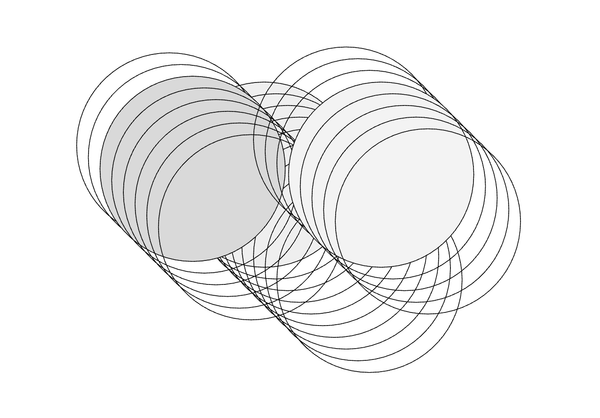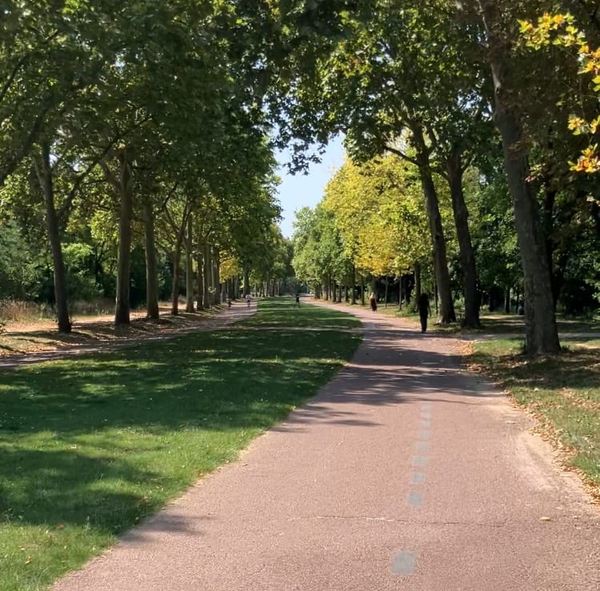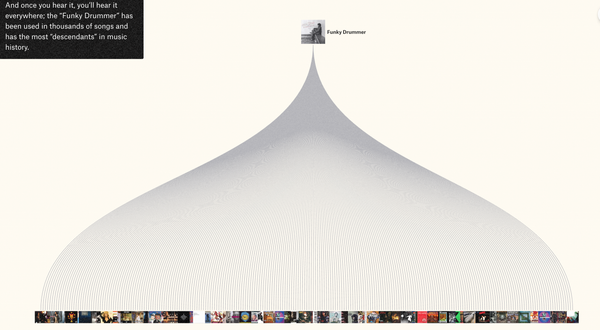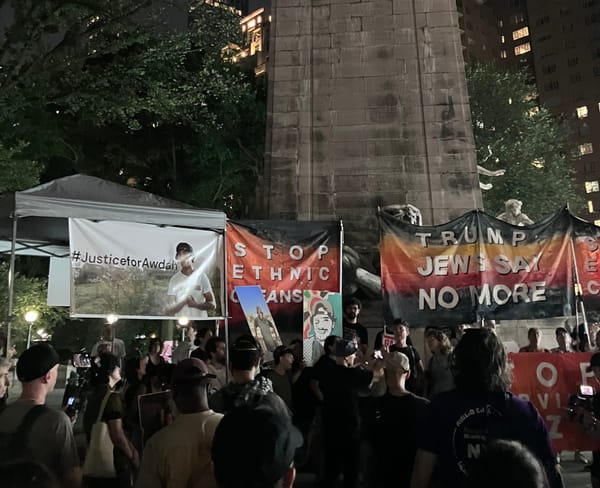The Coronavirus Pandemic, 2020-2023
The pandemic ended this year. What does that mean?
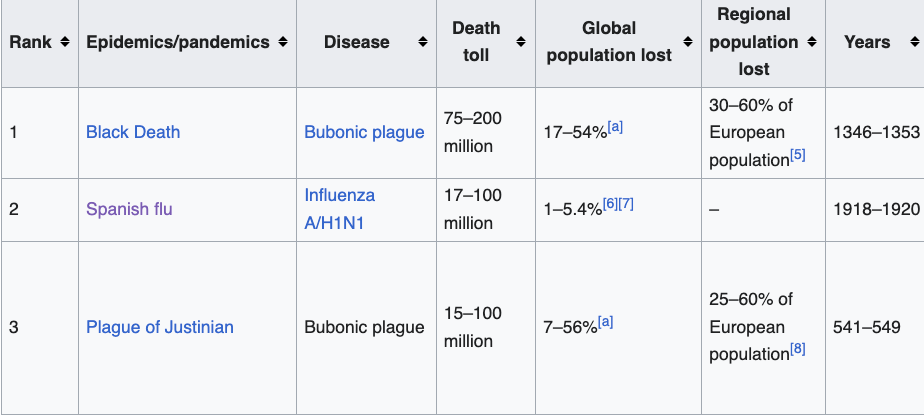
Our pandemic ended this year.
Sometime in the spring, for the first time, the majority of Americans started to believe the pandemic had ended – by this Fall, only 15% were saying their life is “not yet back to normal.”
It’s not just a matter of opinion, but of collective behavior. By many metrics, we are working and playing at the rates we would be if the years 2020 to 2022 had never happened: unemployment remained below 4% for the full year as real average hourly earnings beat the pre-pandemic high; total recreation spending pushed past pre-pandemic levels for the first time; live music tour sales smashed the old record; the airline industry returned to profitability as we set the busiest air travel day in US history.
It’s not a matter of science. None of this means that people will stop worrying about contracting the virus or taking precautions to avoid it – nor does it mean that people will stop getting sick, chronically ill, or dying from COVID. Far fewer people did die from COVID in 2023 than prior years, even as hospitalizations are now increasing to 2022 levels. There will be new variants. But the existence of pandemic never depended on that reality: even in the most carefree summer months, there was always a sense of suspense. Conversely, new variants and spikes in cases didn't necessarily mean people became more anxious.
The understandable angst from public health advocates that accompanied the decisions by the US government and the WHO to end their public health emergency designations this year, will similarly apply to the way regular people refer to the pandemic. Unnaming the threat will seem to normalize it. Perhaps. But “pandemic” was never a magic word for conjuring appropriate public health resources for the abnormal anyway.
Instead, whether it’s epidemiologically appropriate, whether it’s fair to the many at-risk people for whom normal is still out of reach, it is a matter of vibe and the vibe has shifted back.
This will be the year that history records: The Coronavirus Pandemic, 2020-2023.
The containment of “pandemic” into those four years – if not its virus – will solidify with time. But already in 2024, I think we will more firmly shift to retrospection. What we will look back on, and how deeply, is less certain. Most significantly, I wonder if we’ll become more willing to reckon with the extraordinary mass of loss of that period in ways we’ve refused to do within it.
Maybe in remembering, rather than navigating, there will be space to make anything out of the grief, suffering, and despair that, for many, has been stuffed under the impulse to return to normal.
We could figure out how to memorialize the death of over 1,163,000 people – or, to use our only recent event worth of collective memory, more than 390 September 11ths. Perhaps that could involve a national COVID memorial or local monuments; maybe there should be an annual COVID memorial day. Just like the walks and runs and community fundraisers for other illnesses, perhaps we’ll see community benefits for long COVID and support networks for those left behind by those who died.
The physical loss, though, will perhaps be easier to understand than the social one. What is there to see in all the individual connections that dissolved, the networks that evaporated, the traditions that vanished? What could we find in mourning the total sum of missed opportunity, the canceled plans, all that lost time? What would it look like to do anything about it? I’m not sure.
I have no idea if any of this will happen. I’m not sure that if our psychological distance from pandemic will make this kind of recollection more or less likely – I don’t know how we will decide to look back, what kinds of lessons we will choose to learn, whether those lessons will improve or stymie our efforts to reduce the harm of future crises — but I am certain that we are now shifting to the mode of recollection itself, beginning the formation of this memory as history.
Thanks for reading Stephen’s Substack! Subscribe for free to receive new posts and support my work.
